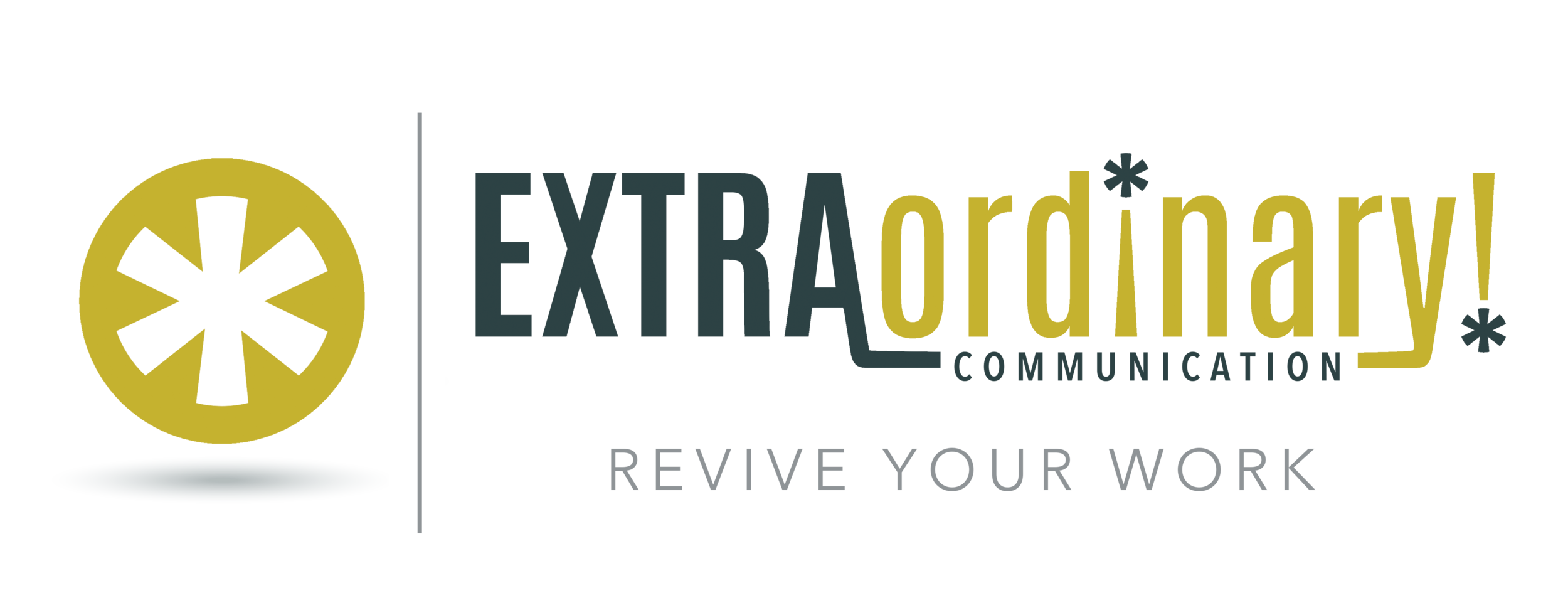E-couragement: The Answer Is In The Question
May 2009 “Successful people ask better questions, and as a result, they get better answers.” Anthony Robbins
Answers...sexy, strong, and glorious answers. How I treasured their presence and harnessed their power. I carried them with me everywhere I went. Sometimes I’d carefully place them in my leather briefcase. Other times they were secure in the pocket of my jeans, cohabitating beside my trusty ChapStick. Occasionally they would take up residence in the corner of my gym bag. I never got out of bed in the morning without my answers. Armed with them I felt intelligent, capable, and needed. Over the years I became more and more adept at dealing out my brilliant answer gems. Like a Wild West cowboy, I became a proficient “quick draw” artist and could “fire” off answers before my colleagues, friends, and family even had a chance to finish their questions.
Then, I began to notice things. Over time the answers seemed to get bulky and heavy. I would drag them around behind me in a large canvas duffel bag or balance them over my shoulders like an oxen’s yoke. Others didn’t seem to be as interested in my answers anymore. Fewer and fewer people at work graced my office door for advice. My friends and family avoided me instead of laying their questions at my hallowed feet. The answers that once seemed to draw others toward me began to act as a repellent. Something had to change. That “something” was me.
There’s a big difference between knowing and understanding. Answers are about knowledge while questions generate understanding. People are drawn to engaging leaders because there is an inherent human need to be understood. I decided that it was time to trade in my old, heavy, worn out answers for some insightful, thought provoking questions.
Fostering a “leaders have the answers and followers have the questions” work culture comes with a price. It creates an exhausted and sometimes bitter leader who can’t escape the onslaught of questions coming at them day and night. It shuts down your most valuable resource for creative and innovative ideas as employees realize that their answers are rarely sought, valued or implemented.
What can you do? Let go of the answers! That’s right—lay them down and back away slowly. Next, pick up some questions and commit to listening intently. This is easy to say and difficult to practice. It’s not enough to just ask questions. You must ask skillful ones. There is no shortage of ineffective, useless, and manipulative questions. Those are not for you. Choose questions that create dialogue, solve problems, foster innovation, and inspire others to look inside and find the answers they already possess. Here are some guidelines for becoming an engaging leader and questioner:
• Sincerely desire to understand what others think, feel, and know. • Banish all prejudging thoughts such as, “After 20 years I know what works and what doesn’t.” • Be convinced that others have their own answers, and perhaps they are better than yours. • Be willing to dig deeper by asking follow-up questions. For example: “Tell me more about…” or “Why do you say or feel that?” or “Give me an example. Help me see what that looks like” or “How so?”
In his book, QBQ! The Question Behind the Question, John Miller states, “Leaders are not problem solvers but problem givers.” Release your death grip on the answers. Give others an opportunity to tackle the problems. You’ll gain a peaceful night’s sleep and those you lead will be deeply grateful. Engaging leaders ask skillful questions and listen intently—that’s my final answer.
